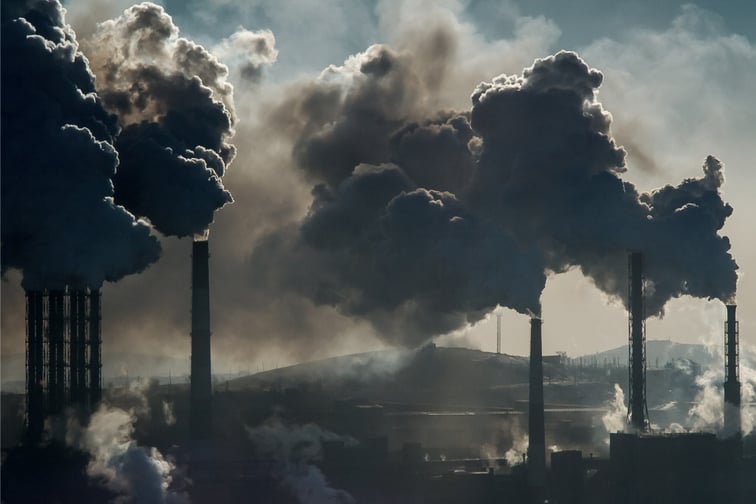

With earthquakes being an ever-present risk in New Zealand, the Earthquake Commission (EQC) warned that chimneys, which are common in many Kiwi homes, pose a significant safety hazard.
On Jan. 23, 1855, a magnitude 8.2 earthquake struck the Wairarapa and Greater Wellington regions, causing thousands of chimneys to collapse and damage many homes. According to EQC, one of the few fatalities from this event was caused by a brick chimney collapsing into the room where the victim was sitting.
“The fact is that pretty much every major earthquake over the past 170 years has shown that chimneys pose a significant risk to the safety of people and the strength of our homes,” said Martin Connell, engineering manager at EQC. “Brick and masonry chimneys may crack, shift or collapse in an earthquake, causing damage to people and property. They can also topple or collapse through the roof or fall outwards damaging other parts of your property – or your neighbours’. These chimneys can weight hundreds of kilos, so they’re really not something you want coming down during a quake.”
The Canterbury earthquakes of 2010 and 2011 have led to numerous insurance claims due to unreinforced chimneys falling and causing damage to properties.
The risk is more pronounced in older structures.
Brick and concrete masonry chimneys built prior to the 1970s pose the greatest risk because they are less likely to have extra internal reinforcement, EQC said. Older chimneys are also more likely to have deterioration of the mortar that helps hold them together.
Brick chimneys built after 1985 should have a reinforced concrete flue within the brickwork and be tied to the house framing to prevent collapse. EQC said that, if a chimney is showing any signs of damage or deterioration, regardless of age, owners should immediately contact a licensed building practitioner to have it inspected.
Some things to look out for include chimneys that are leaning or twisting, cracks, and loose masonry or bricks.
Depending on the chimney’s construction, a building consent might be needed to repair or remove it, and a licensed building practitioner might be needed to do the work.
“Some safety improvement work with chimneys can be completed without council consent,” Martin said. “But it’s important to check with your local council’s regulations and make sure that any work is still completed to the standard of the building code.”
